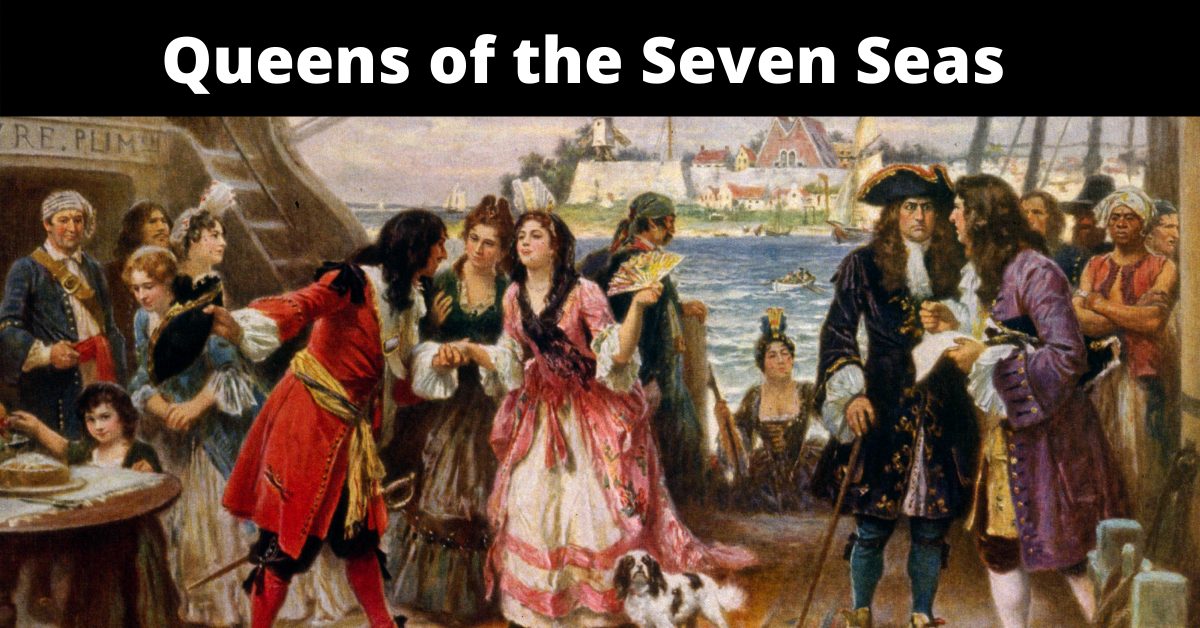When people picture a pirate, they usually picture men such as Blackbeard, or Captain Henry Morgan, or even Johnny Depp as Captain Jack Sparrow. However, there have been female pirates throughout history who are just as fearsome and brutal as their male counterparts. Here are five more female pirates who were queens of the Seven Seas.
1. Grace O’Malley, Irish Pirate Queen
Grace O’Malley was born in 1530 in County Mayo in Ireland. She was the only daughter of the Irish Chieftain Owen and Margaret O’Malley. While most Irish lords at this time earned their keep through farming, the O’Malleys were a seafaring family who had built their wealth through both piracy and legitimate trade with the French and Spanish.
Grace O’Malley inherited her father’s shipping and trading business as well as ships, castles, and men from her two husbands. During this time, Grace had made a name for herself by controlling the Irish coastlines through plunder and intimidation.
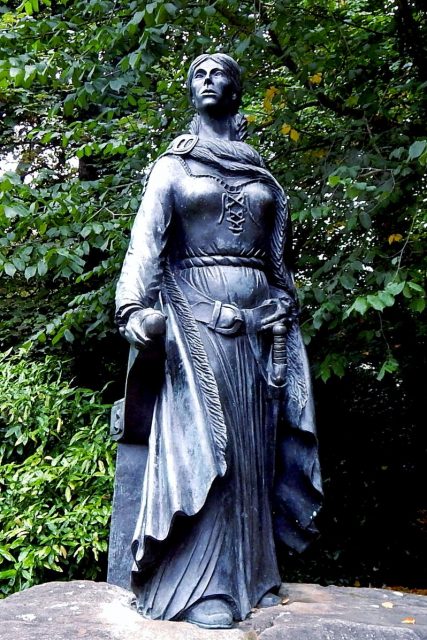
In 1558, Queen Elizabeth I wanted to increase English control of Ireland. The O’Malley clan was one of the few Irish clans that resisted English rule.
With Grace in the lead, The O’Malley ships would often launch surprise attacks against unsuspecting English ships. In March 1574, the English sent ships and an army of men to attack the O’Malley home base at Rockfleet Castle, but within weeks, Grace O’Malley and her fleet had fought them off, resulting in a humiliating defeat for the English.
Real trouble came for Grace O’Malley in 1584 when Sir Richard Bingham was appointed the new governor of Connacht. Bingham had his brother kill Grace’s oldest son, and Bingham himself imprisoned Grace’s youngest son. He then took control of Grace’s Rockfleet Castle, getting rid of her lands, cattle, and naval fleet in the process.
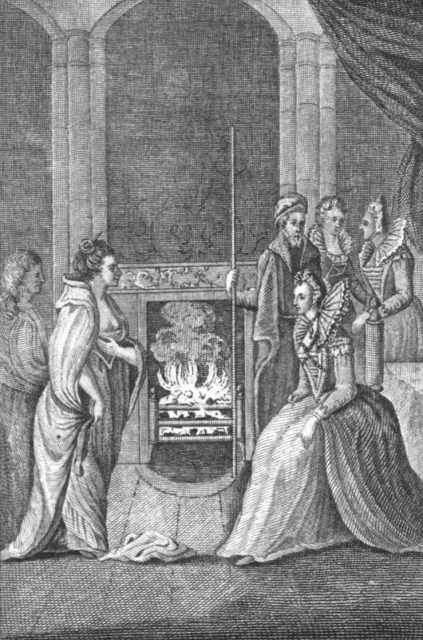
Interestingly enough, rather than directly fighting Bingham for her son’s release, Grace O’Malley requested an audience with Bingham’s boss, Queen Elizabeth I.
In the summer of 1593, Elizabeth I and Grace O’Malley at Greenwich Palace. Although many rumors circulated about this meeting, including Grace yielding a hidden dagger and refusing to bow to the Queen, these rumors have never been confirmed.
By the end of this meeting, Grace O’Malley had agreed to stop supporting Irish lords who fought for independence, while the Queen agreed that Sir Richard Bingham be removed from Ireland and her son be released.
However, upon her return to Ireland, not all of Grace O’Malley’s demands were met, and she continued to back Irish independence during the entirety of the Nine Years’ War (159–1603). Grace O’Malley died in 1603 in Rockfleet Castle.
2. Anne Dieu-Le-Veut, “God Wants It”
Anne Dieu-Le-Veut was born in Brittany, France in 1661, but didn’t stay there long. Her name, which means “Anne God Wants It” was given to her, as it was said that her willpower was so strong that whatever she wanted seemed to be what God also wanted.
Anne Dieu-Le-Veut arrived in the French colony of Tortuga (off the coast of Haiti) as a fille du roi or “King’s Daughter.” The filles du roi were impoverished women — many of them convicted criminals — who were deported from France to far-off French colonies. They were expected to marry French colonists and start a new life. It is unknown if Anne Dieu-Le-Veut was a criminal or if she was just seeking passage to start a new life.
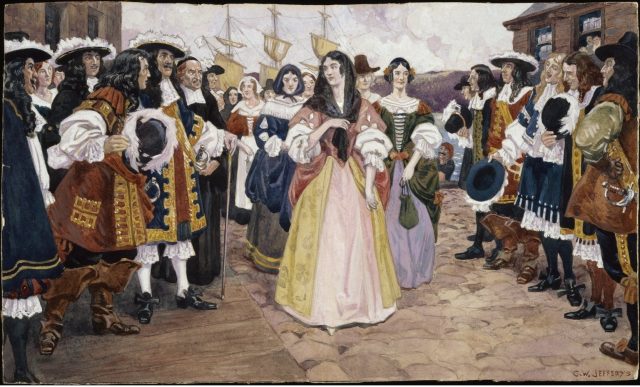
In 1684, Anne married a buccaneer named Pierre Lelong, who was killed in a fight in 1690. In 1691 she married another buccaneer named Joseph Cherel, who died in a bar fight in 1693.
Allegedly, Anne challenged famous pirate Laurens de Graaf in a duel after learning he was the man who killed her second husband Joseph in the bar fight.
Supposedly, Anne and de Graaf had their weapons pointed at each other, but de Graaf remembered that chivalry forbade men from fighting women. Nonetheless, this event impressed de Graaf and he admired Anne’s courage and he proposed to her on the spot, and Anne said yes.
Anne accompanied de Graaf on his pirating adventures, fighting alongside him and sharing both his work and the command of his ship. Anne made no attempt to hide the fact that she was a woman and eventually was seen as a sort of lucky charm by the ship’s crew.
In 1693, de Graaf raided Jamaica, which was then an English colony. In retaliation, the English attacked Port-de-Paix in 1695, where they captured Anne and her children. Although the French attempted to negotiate the release of Anne and her children, they were kept hostage by the English for three years.
In 1698, Anne was released and reunited with de Graaf. However, this is where the trail goes cold. The later life of both Anne and her husband Laurens de Graaf are not known, but some legends say they eventually settled in Louisiana. Anne eventually died in 1710.
3. Cheng I Sao, The Most Successful Female Pirate
Cheng I Sao is known to history only as Cheng I’s wife, but in actuality, she was one of the most notorious and most successful female pirates of all time.
Cheng I Sao was so successful because she and her husband Cheng I unified smaller gangs of pirates to become powerful leaders of a huge fleet. By 1804, that fleet included approximately 70,000 pirates aboard 1200 vessels — a number that dwarfed even the Spanish Armada.
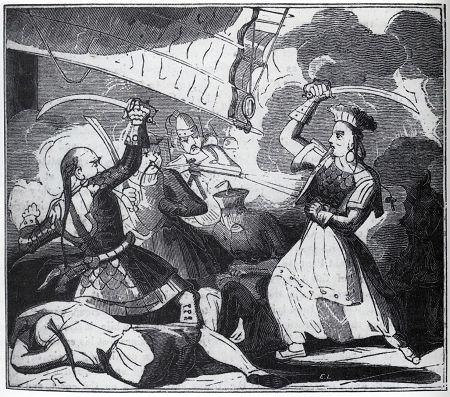
In 1807, Cheng I died, leaving Cheng I Sao in charge of a huge confederation of pirates. She gained support from her husband’s most powerful chieftains after his death to solidify her spot as the new leader.
Cheng I Sao also developed a strict code of laws for her ships that helped her maintain her power. Stealing from villagers or the communal treasury was seen as a capital offense. Desertion and disobedience led to decapitation, and sexual assault was severely punished, the result of such acts often being death.
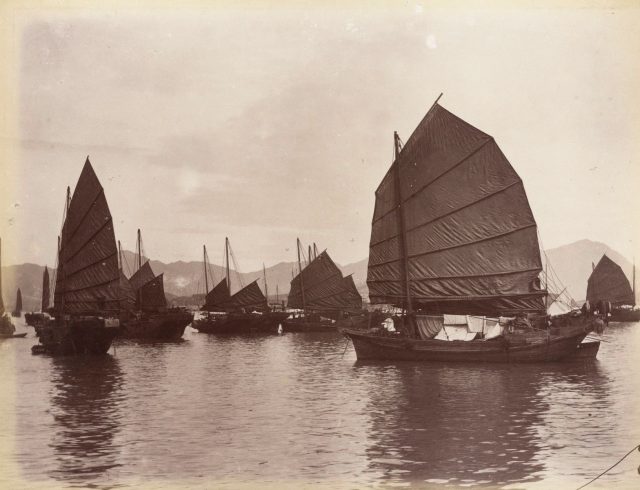
In 1810, after fighting the Chinese navy and Western traders, Cheng I Sao accepted a pardon for her and her pirates and retired from pirating. She opened up a gambling house in Guangdong and died at age 68 or 69.
4. Lady Mary Killigrew, A Generational Pirate
Mary Killigrew was an English gentlewoman from Suffolk who lived a double life. By day, she was a lady of Cornwall, and by night she was a ruthless female pirate. Mary was born in 1525, and after her first husband Henry Kynvett passed away, she remarried Sir John Killigrew II, who was the Governor of Pendennis Castle and a member of parliament.
The Killigrews had long been a pirating and plundering family, and Mary fit right in when she married John. Eventually, Mary came to be known as a ruthless businesswoman and enjoyed pirating even more than her husband John.
Mary and John’s plunders and piracy took place during the reign of Queen Elizabeth I, who was known to often turn a blind-eye to privateering. So long as the pirating was done far away and in a manner that allowed the English government some measure of plausible deniability, it was not seen as a major problem.
Unfortunately for Lady Killigrew, she and her husband didn’t prey on just enemy ships in open waters, but also engaged in piracy in English waters against both foreign and English ships.
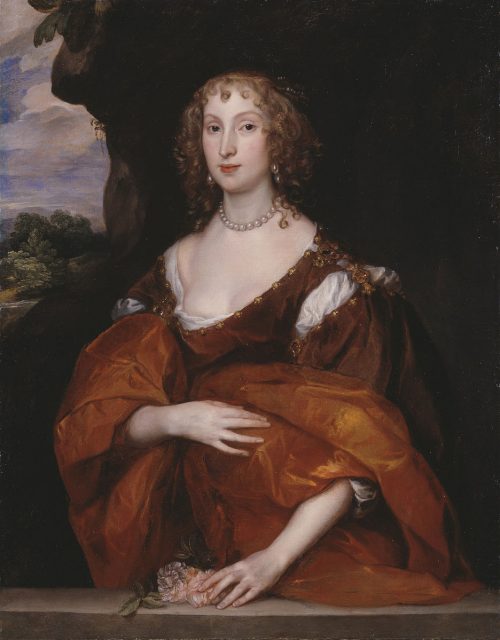
Mary’s downfall came in 1583 when the Spanish ship Marie of San Sebastian docked in harbor close to Mary’s Arwenack House. It was rumored that this ship was carrying Spanish treasure. Hearing of this treasure, Lady Killigrew decided to entertain the captain and his crew at her castle and invited them to visit her estates inland.
While the captain and crew were distracted, Mary gathered her men, went to the harbor, and raided the ship, killing anyone who got in their way. After she was done her plundering, it is said that Mary changed her clothes and returned to the party she was hosting.
When the captain and crew returned to the Marie of San Sebastian and discovered what had happened, they complained to local authorities. However, it turned out that the local judge was Lady Killigrew’s son, and their complaints went nowhere.
The Spanish then set sail and enlisted the Spanish ambassador’s help. After all, Lady Killigrew’s attack on the Spanish ship was not a discreet act of piracy, but a blatant act carried out in English waters that threatened to cause a diplomatic crisis.
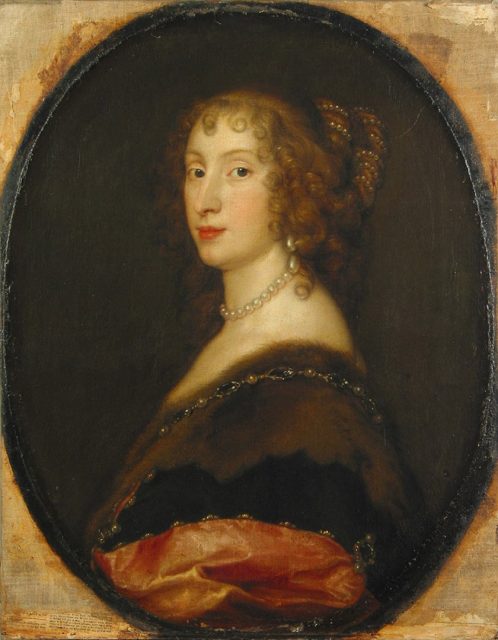
When the local authorities from London arrived at Mary’s house, they found stolen goods taken from the Marie of San Sebastian. It was also discovered that her son, the judge, had tampered with the local investigation being done on her.
Mary was tried, convicted, and sentenced to death. However, Mary ended up receiving a pardon from Queen Elizabeth I and was later released from prison. She is thought to have continued her piracy in a much quieter fashion until her death in 1587.
5. Rachel Wall, New England’s First and Last Pirate
Rachel Wall (nee Schmidt) was New England’s only female pirate, and the last woman to be hanged in Boston. Rachel was born in Carlisle, Pennsylvania, around 1760, but by the age of 16, she had left home to be near the water.
During her travels, Rachel met a fisherman named George Wall. They married and traveled to Philadelphia and New York City, but eventually settled in Boston. Rachel found work as a maid on Beacon Hill, while George worked on merchant ships and fishing vessels.
In 1781, the couple stole a ship and turned to piracy. Operating off the New Hampshire coast near the Isles of Shoals, the couple would disguise their ship to make it look as though it had been damaged in bad weather. Rachel would then call to passing ships for help.
When the unsuspecting ships docked, Rachel, George, and their crew would seize the ship, rob it, and kill those on board. Within a few months, Rachel and her companions had robbed 12 ships, taken more than $12,000 in cash, and killed more than 24 sailors.
Ultimately, Rachel’s pirating career came to a halt in 1782 when George Wall drowned. Rachel and the other pirates survived, but without a boat, she went back to being a maid. Rachel became notorious in Boston for stealing from ships docked in the Boston Harbor, and she was repeatedly convicted of petty theft and larceny.
Until 1789, Rachel Wall had primarily been stealing from lower-class people around Boston Harbor. However, in March 1789, Rachel saw a young girl wearing a bonnet she wanted for herself. So, Rachel punched the young girl, took the bonnet, and ran, but was apprehended and turned over to the authorities.
More from us: Just How Exactly Did Black Cats Get Their Bad Reputation?
Initially, Rachel was charged with robbery, but she also ended up confessing to her piracy spree in 1781–1782, although she denied ever killing anyone. On October 8, 1789, Rachel Wall was hanged but maintained her innocence up until her last moments.
Her final words were: “into the hands of the Almighty God I commit my soul, relying on his mercy and die an unworthy member of the Presbyterian Church in the 29th year of my age.”
